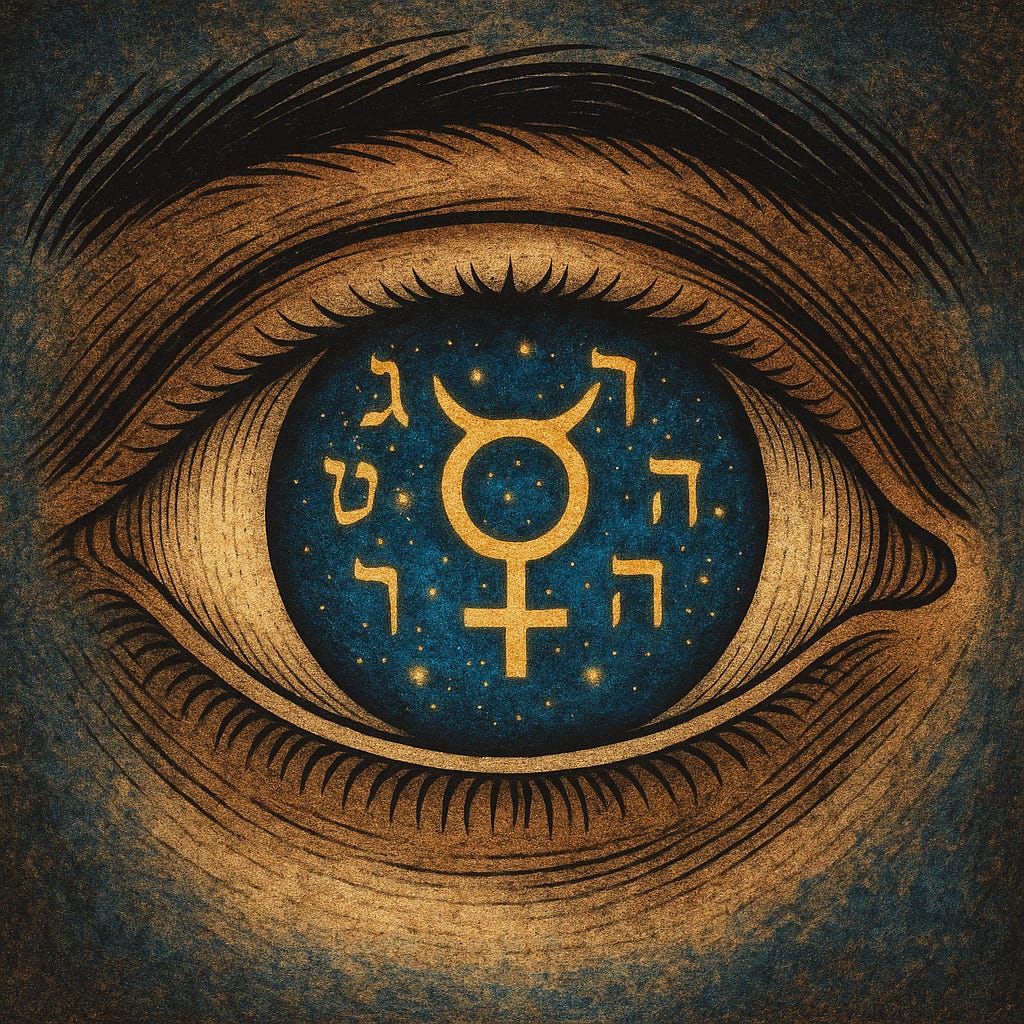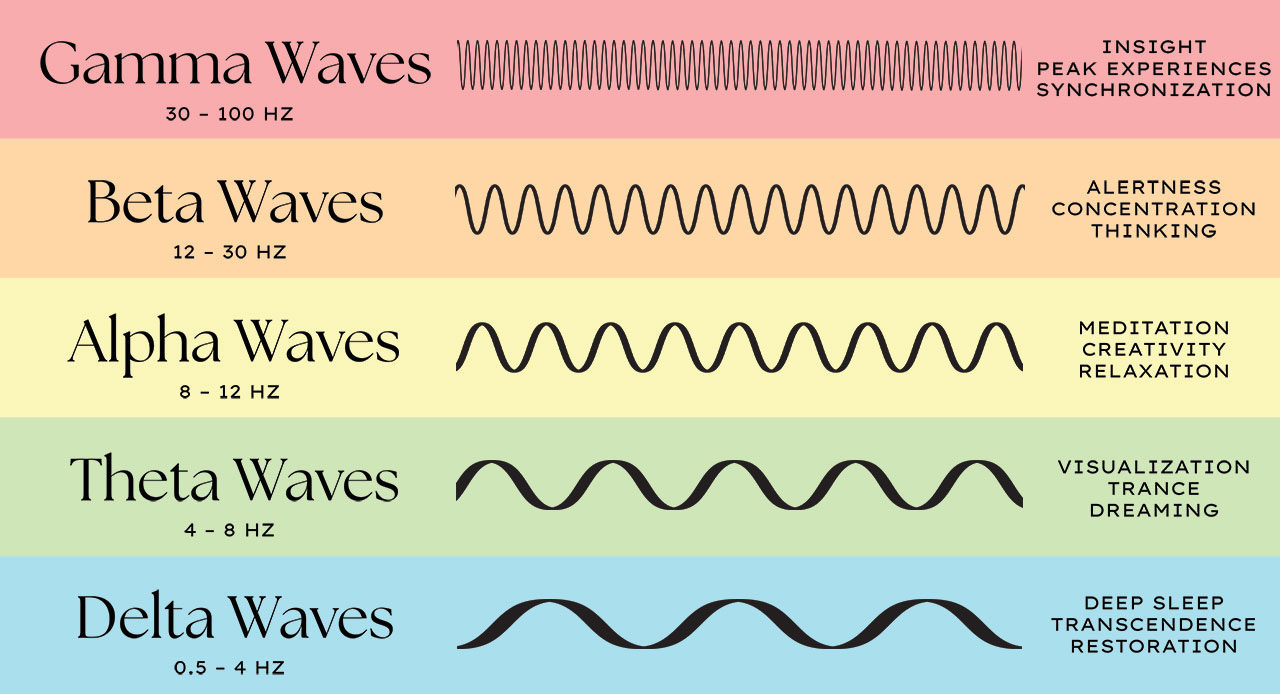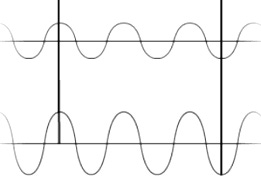I want to do more with less in our second installment of the Cosmic Illuminations series. In developing a Grey Robes’ codex and liturgical calendar, you see, the Cosmic Illuminations live in October. As October draws to a close, we can hopefully complete the Illuminations by November. —MB
The All is the ultimate unity. This concept echoes the Hermeticist’s declaration that “The All is Mind; the Universe is Mental,” but also the Neoplatonist’s conception of the One, and the Kabbalist’s Ain Sof.
Within this primordial wholeness resides the hidden reconciliation of all polarities. This metaphysical unity transcends all dualities, such as those we perceive as light or dark, being or non-being, masculine or feminine, you or me. The mystics knew this truth as the coincidentia oppositorum—the coincidence of opposites—where all contradictions dissolve into seamless unity.
Now that we have explored mentalism, we can reveal a throughline. The Cosmic Illuminations are modalities that fragmented, finite selves may use to approach the eternal as we begin to repair our shattered universe.
Before fragmentation, that is, before the eruption into multiplicity, there had been what we might call the Unshattered Eternal. Notice the word before, which is what we refer to as time talk. Because the All stands outside of time, we must insist that “before” is not intended here as time talk but causation talk, indicating an original cosmic force that necessitates an effect. This is not an ideal description of a process beyond our comprehension, but may it soothe us a little in our incomprehension.
The All, which is both the Unshattered Eternal and our shattered world, is the primordial wholeness that preceded all emanations and divisions, and the totality of those emanations and divisions as they continue to unfold.
In Kabbalistic cosmology, we can invoke a more pristine state before the Shevirat ha-Kelim— or ‘breaking of the vessels.’ This cosmic event shattered the original unity, but made multiplicity possible. The Unshattered Eternal represents the All in a state causally before differentiation, that is, the All before fracturing into perspectival and spiritual shards—that is, the natural state of mankind.
Witness the three ontic categories of the All described by medieval rabbi mystics: Ain, Ain Soph, and Ain Soph Aur. These represent gradations of unknowability that precede creation itself.
First comes Ain—”Nothing” or “No-thingness”—pure negation beyond all concepts. This absolute absence is the void, the state that makes sense of being or becoming—beyond all concepts or categories.
Then there is Ain Soph, the “Limitless” or “Without End”—here, negation gives way to infinite extension. While Ain is the absence of all things, Ain Soph is boundless existence, which contains all possibilities. Ain Soph is where potentiality first arises: not as specific possibilities, but as the infinite capacity for manifestation, a hidden but endless expanse without definition or constraint that the finite mind cannot grasp.
Finally, Ain Soph Aur manifests as “Limitless Light”—the first change from potentiality toward actualization. This is not yet creation, but the radiance of creative intent, information, and the stirring of the divine will. It is limitless potential beginning to accrete, the threshold between transcendence and the architecture of creation.
Think of this triadic structure crudely as The Absence, the All, and the All’s Radiance.
Together, the three represent the origin of being—the All in absolute, undifferentiated form, the hidden reconciliation where all polarities reside in unity, outside of time and space. We are called to pick up the shards and engage in tikkun, or repair. But instead of guiding you on the Kabbalist path, we shall continue along the Hermetic path, leaving the wisdom of the Sepherot for another day.
The Cosmic Illuminations are the principles of the All’s unfolding, the ur-physics that proceeds from the All in radiance, bursting from the void in all its resplendence.
Correspondence
As above, so below; as below, so above.
There is harmony and correspondence among levels of description and planes of existence—mental, physical, and spiritual. Patterns repeat across levels of reality and within each level.
By studying one plane, such as the physical, we can infer certain truths about others.
In the natural world, organisms are made up of cells. But cells, like organisms, must consume energy and excrete waste. Arguably, human organisms make up societies—human ecosystems—and these, too, must consume energy and excrete waste.
As above, so below.
In fractal geometry, patterns replicate across scales. We encounter fractals that range from fern fronds to forests, ecosystems to economies. When we perceive a fractal, we glimpse eternity folded into a form: infinite complexity born of a single generative rule.
First, we must ask: What is the rule? Then, what does this mean for our inner worlds? How do nature’s recursive systems correspond to our experience of the divine?
If the universe is fractal at every sphere and scale, our bodies, minds, and spirits are too. Each thought, emotion, and act spirals outward as an echo of itself, recursively. Likewise, behold the recognition that the All is self-similar at every stratum of being—the spark within us reflects the sun above us, which reflects the Ain Soph Aur.
The macrocosm mirrors the microcosm, not merely in resemblance, but in interconnection and its underlying patterns of unity.
Thus, studying fractal patterns in nature opens the door to meditating on collective consciousness. The geometry of the fern mirrors the unfolding of awareness. To know ourselves then is to trace the pattern inward until boundaries dissolve, and we find that the pattern was neither separate nor incidental.
It was always the All seeing itself through us.
It’s not just that the hierophants find correspondence brings us closer to the All. It reminds us we are finite extensions of the All, like divine cells or limbs endowed with the blessings and curses of choice.
Psychospiritually, we can reflect the inner world mirrored in outer circumstances. Such an insight begins with the brutal recognition that we will likely leave the world in ugliness and disorder when we are in psychospiritual disrepair. When we recognize repeating patterns in our relationships or experiences, we can use them as feedback loops to reckon with our inner lives—that is, our disordered minds, our troubled spirits, our externalized loci of control. Growth means observing how microcosm and macrocosm interact—how psychospiritual mastery can ripple outward.
Vibration
Nothing rests; everything moves; everything vibrates.
Everything in the universe is in constant motion and vibrates at its own frequency. Differences between forms of matter, energy, or spirit arise from varying rates of vibration. Indeed, to live is, in a real sense, to vibrate. And when one’s body ceases to vibrate, he dies—or at least his vibration migrates somewhere other than his body. Indeed, the living person, like the living universe, is a collection of vibrations.
Cepheid variable stars expand and contract periodically, brightening and dimming with clockwork regularity. Their outer layers literally move in and out like breaths, albeit at different timescales. The cosmic microwave background shows a snapshot of primordial sound waves, the echo of vibrations from our infant universe.
98.6°F (37°C) correlates to 10¹³ Hz in people.
10¹³ Hz is an exact harmonic multiple of OM.
In physics, vibration underlies all phenomena — from sound waves to atomic motion to electromagnetic fields. Psychologically, vibration translates to emotional frequencies, too—states such as joy, fear, and anger each carry measurable physiological signatures (e.g., heart rate variability, breathing, and neural excitation). And these measurements, too, are vibratory.
Mastery involves learning to change one’s vibrations through conscious and unconscious self-regulation. Controlling the breath is managing anxiety, for example. To change one’s vibration means to up-regulate or down-regulate one’s physiological or emotional states—for example, through movement, mindfulness, or equipoise—bringing mind, body, and spirit into coherence.
So one aspect of this power is bio-energetic self-regulation. Another approach is to perceive the vibrations around us that most people cannot see and learn to regulate them as well. But be warned: Regulation is not control. It is almost always a restoration of balance or an effort to invoke vibratory patterns that are more appropriate for a particular life context.
Remember also the cognitive, the affective, or the visceral types (head, heart, or gut). Each has a dominant modality for receiving and sending vibrations. The thinker sees waves in the physical and theoretical realms, making waves primarily through communication and innovation. The feeler feels waves in the social and interpersonal domains, and makes waves through shared moments and artistic expression. The doer senses waves through his instincts and makes waves in work, leadership, and entrepreneurship.
Polarity
Everything is dual; everything has poles.
Opposites are actually extremes of the same underlying reality—hot and cold, light and dark, love and hate. The unity of opposites conception goes back at least to antiquity. With these special pairs, it is nigh impossible to define one without the other. In other words, the very idea of night makes no sense without the very idea of day. When opposites stand in a particular relation, it creates a unity—a greater fusion.
A diurnal cycle is the unity of day and night, interposed with morning and evening twilights. Such examples call us to understand what unifies the polarity, as grey calls us to connect black with white. (The All is the Law.)
By recognizing the continuua, we can then learn to transmute one state into another, or at least see an existing unity beyond a polarity. One means of transmutation is dialectics—or what we have called reflection under the Blood Moon. Such is the capacity to hold opposites simultaneously and integrate them. We have said the All is the hidden reconciliation of all polarities, that is, the unity of all multiplicities outside time. Sometimes reconciliation is serene and straightforward. Other times, it is a tempestuous process culminating in sublation (Aufhebung).
We have referred to mental, physical, and spiritual. A spirit is not a ghost; it is the Aufhebung of the psychological and physical.
Mastery of integrative ur-physics can allow one to transform reactive polarities into subtler understanding. Whether in physics, metaphysics, mathematics, and logic, polarity reflects complementarity—particles/waves, yin/yang, order/chaos, 0/1. The first step is to see the binaries, then transcend them. Polarities, apparently opposed, generate growth and wholeness through interdependency—much like humans.
Integration is thus the practice of seeing beyond polarities.
Rhythm
Everything flows, out and in; everything has its tides.
The universe cycles: expansion and contraction, ebb and flow, creation and destruction. Rhythm is life’s swings and measures of beaten things. But rhythm implies balance, the tendency not toward stasis, but cyclicality and periodicity.
Those who grasp this can learn first to accept and then transcend life’s swings—that is, the inevitable highs, lows, and in-betweens—as one might the tides.
In biology, circadian and ultradian rhythms regulate sleep, energy, and creativity. In psychology, mood and motivation fluctuate naturally in what we call biorhythms. In breathing, one might inhale fully, exhale fully, or pause for a moment in the balance.
Attempting to live in linearity, such as constantly striving to be “up,” creates burnout. Mastery means riding the cycles and following the flows—aligning effort with rest, expansion with contraction, activity with stillness. By attuning to our personal rhythms to some of the larger social or cosmic rhythms, we can move with life instead of against it.
Causation
Every cause has its effect; every effect has its cause.
Little happens by chance. Universal laws govern all events. (The All is the Law.) Even subatomic probabilities play by the rules that the All has in mind. To reckon with the principle of causation is first to see that there are no causeless effects at this level of description, and to learn, in agency, to become one who causes, not just an effect.
But life, and the people in it, is not like a set of colliding billiard balls.
By becoming more conscious of the causes we set in motion, we can step away from being passive effects and become active initiators and catalysts, rather than victims or herd animals. Call it agentic determinism, that is, agency within a complex nexus of causes and effects.
Even if one is none too keen to learn the arcana of radiative self-sovereignty—the power to extend one’s efficacy to wider spheres of influence—one must at the very least cultivate self-sovereignty in the sense of emotional regulation and contemplation instead of rash action or perpetual inaction.
In cognitive-behavioral psychology, actions and emotions arise from preceding thoughts and beliefs. Recognizing causal chains in one’s own life—the memories, responses, and patterns—empowers the agents to intervene in their own repair (tikkun). If shattering into multiplicity is an act that extends causally into the past, we can apply the understanding of the principle as a psychospiritual technology.
Between stimulus and response there is a space. In that space is our power to choose our response. In our response lies our growth and our freedom. —Viktor Frankl
Becoming a cause means embodying one’s agency and developing the capacity to choose one’s reactions to external stimuli in a manner that generates more desirable outcomes, that is, better effects. For true masters, this is the sorcery of complex systems where small, intentional changes shift entire systems.
A butterfly’s wingbeat turns tomorrow’s tornado.






